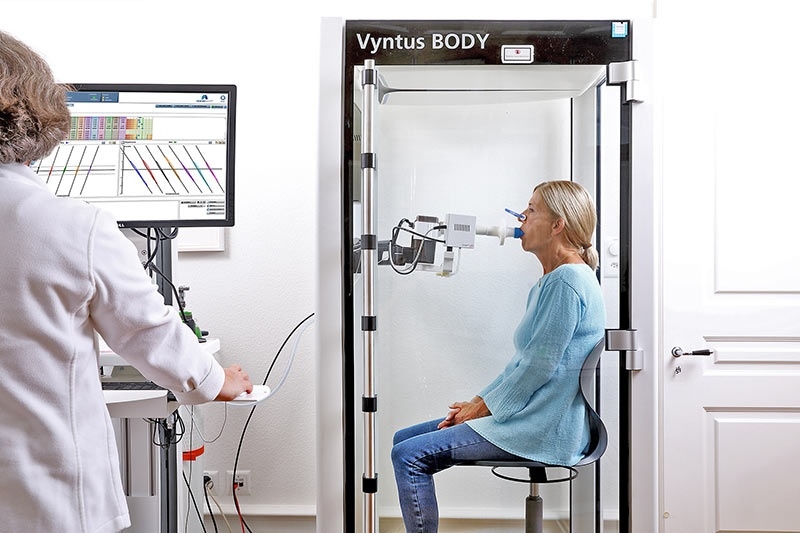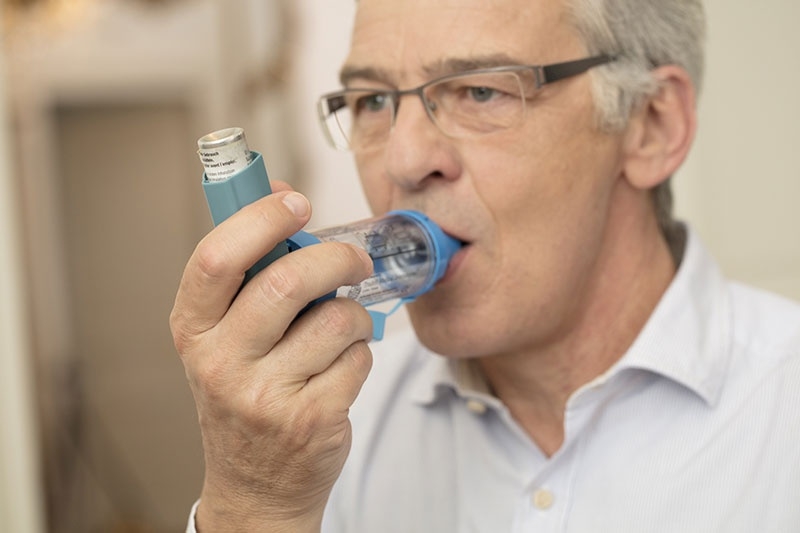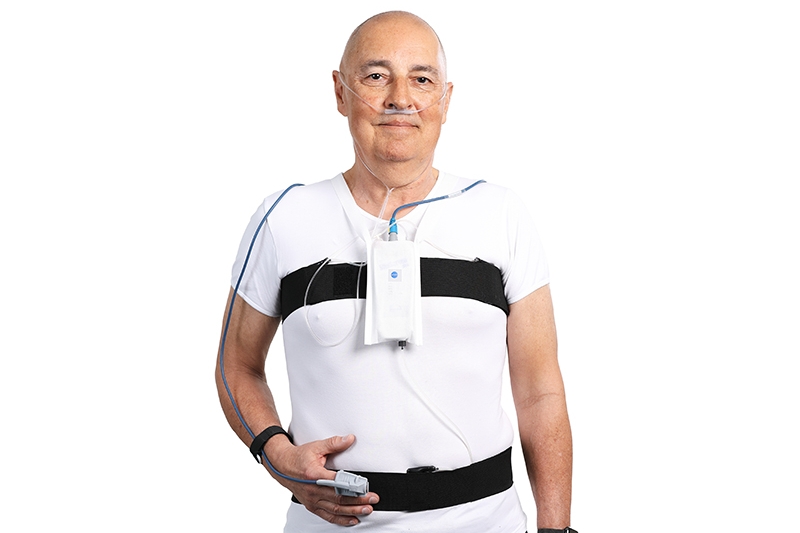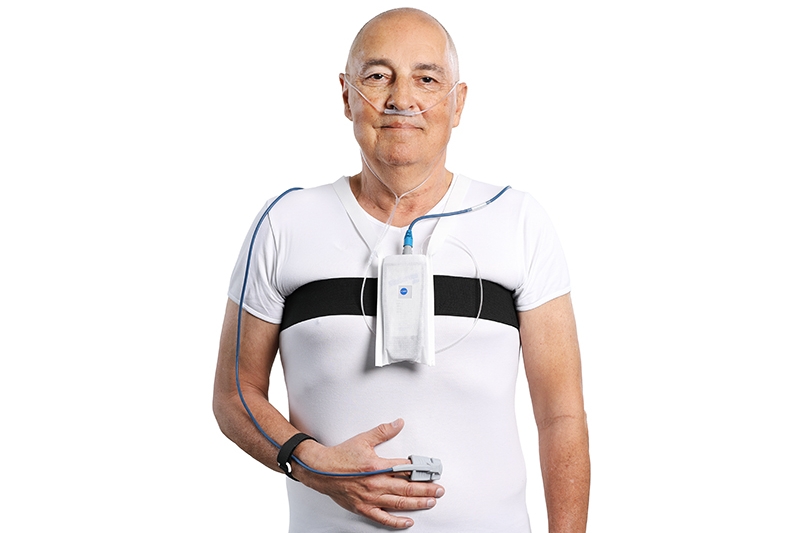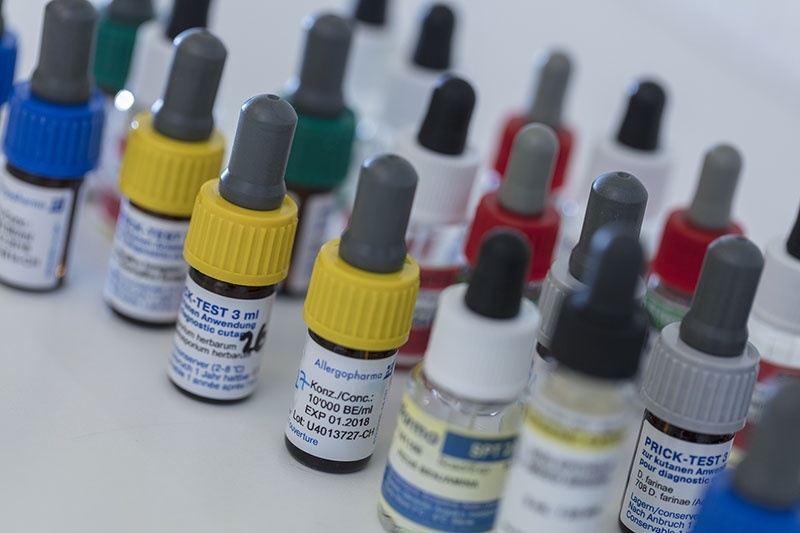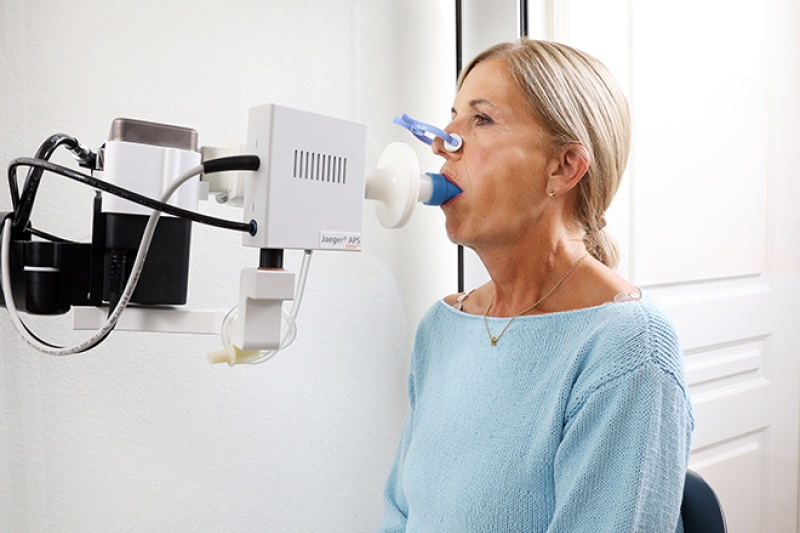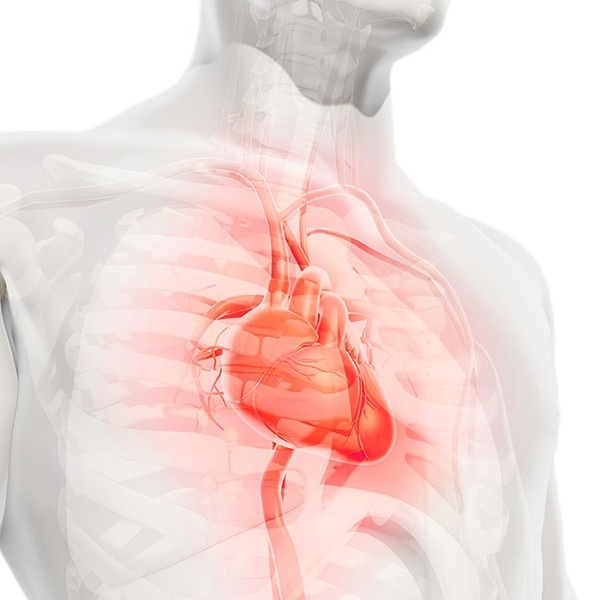The lungs provide us with the oxygen we need to survive. If oxygen absorption is impaired, shortness of breath seriously limits quality of life. Our pulmonologists are here for you and will help you catch your breath so you can achieve better quality of life.
Through personalized care and with state-of-the-art technology, you will receive the best possible treatment at our practice Herz-Lungen-Praxis.
Diagnostics from a variety of perspectives
The heart and lungs are not only close together in the body, but the functioning of one also influences the functioning of the other. Overlapping symptoms are therefore possible. The team of experienced pulmonologists and cardiologists at the Herz-Lungen-Praxis is specialized in detecting and treating these symptoms.
We take time to listen
The patient consultation is central to our work. We respond thoroughly to your questions and concerns. Since information about pre-existing medical conditions also helps us make a diagnosis, please bring existing medical documents with you to your appointment. You are welcome to bring a companion to accompany you. We will find the path that is right for you. It is important to us that you are actively involved in making decisions about your care.
Women and men with the same illness often display different symptoms. We take this into consideration. We can perform urgent exams at short notice, and we provide continuous care for chronically ill patients. It's your health, after all.


